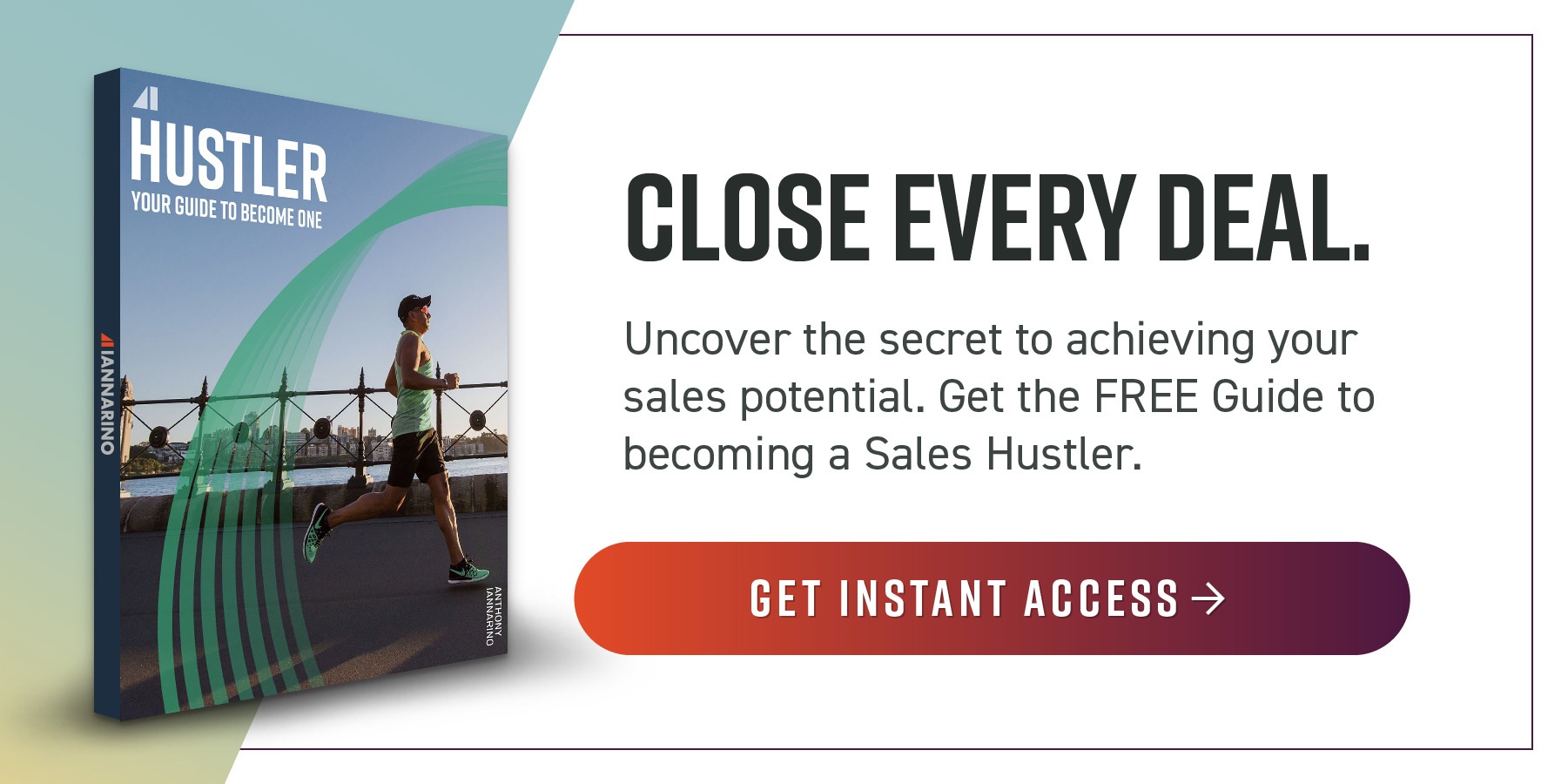To understand how sales has changed, you must recognize the limitation of the "legacy solution" approach we've practiced for close to forty years. This approach believes that asking a client about their problem is the key to success, as it allows the salesperson to share exactly how their solution will solve their problem. But what do you do when your client doesn't believe they have a problem and is comfortable sticking with the status quo?
What's Missing?
Let’s say your company needs more sales from their channel partners. To help their partners sell more, Marketing and Product Development crafted a new slide deck so your sales team could explain the power of their new software offering—one designed specifically to help clients maximize the value of the products they have installed. The slide deck was well-designed, leaving no doubt that the product itself is valuable. However, the slide deck was missing the crucial component that would improve your approach and increase sales.
The clients who have bought other software from this company are more than satisfied with their purchase and their results. They see no reason to do anything new when things are working so well for them now. That’s the missing ingredient in the otherwise slick sales pitch: there is no answer to the question, "Why should I change now?"
One fundamental difference between the modern sales approach and the legacy solution approach is the need to compel prospective clients to change. The legacy approach presumes the client is already dissatisfied and only needs to be asked about their problem for the salesperson to create an opportunity. If they don’t see a problem—at least not the one the salesperson hopes to solve—then there is no opportunity. The modern approach turns this approach on its head by helping the client understand why they should change now, and in doing so, compels them to change.
Why It Is Hard to Change
There aren't too many things more difficult than organizational change. It's often messy, political, and disruptive. Change also comes with risks, like the risk of failing, derailing their existing operations, or losing status inside their organization for making a poor decision.
Moreover, leaders know that they have limited bandwidth, limited time, and limited goodwill for making significant changes inside their organization. Any business is bound to have plenty of problems, some critically important, that the legacy salesperson’s “solution” can’t even hope to solve.
If there is no compelling reason to change, there is little chance that your client’s decision-makers and stakeholders will consent to change. More still, without answering "why change now?" what you sell will not be a priority to the leaders who already have more than enough irons in the fire.
Those Who Sell Drills
Recently, I posted about selling drills instead of holes. The gist of the idea is that people don't want to buy a drill, but instead want to buy the outcome—in this metaphor, a hole.
Legacy salespeople believe it's important to explain the joys and wonders of the products and services they sell. But that gets selling exactly backward for our current environment. Instead of explaining why your prospective client needs a drill, you need to help them understand why they need a hole.
A slide deck that speaks to the drill should instead speak to the need for a hole. This is the main idea behind Level Four Value Creation™. Instead of starting a conversation by asking your client about their problem, you start the conversation around the challenges of producing the better outcomes they need. Based on this order of importance, the product comes last in the sales conversation, as it isn't the outcome. Instead, it's how you help your client achieve the outcome.
Those who only sell drills will lose deals to competitors who sell holes.
Starting With the Answer
You have a better shot of prioritizing an outcome than a product, especially since products rarely compel clients to change. Starting the conversation with the outcome—rather than extracting an answer from your client that lets you share your solution—has two major advantages. First, you will not sound like every other salesperson who has ever sat across the table from your contact. (See also this post on the commoditization of the discovery call.) Second, it's much easier to make your proposed initiative a priority when they’re already pursuing the outcome you can help them with. Because you sell to different clients every day, it's impossible for you to have no idea what your prospective clients want and what they prioritize.
The company we introduced at the start of this post would do better to start with the strategic outcomes their clients are already pursuing, then explain why they should change and how it will improve the outcomes they need. By starting with "why change now," you can work backward to your product or service as the best method to pursue the strategic outcomes you know the client wants or needs.
There is no product feature, function, or benefit more impressive than helping the client understand what they need to do to improve their results—even if they don't yet believe they have a problem. It's poor thinking to assume that your client must have a certain problem for you to be able to help them. The better question is what problem you believe you should solve with them.













